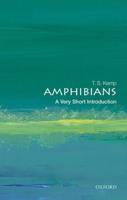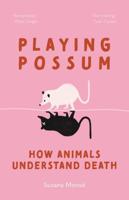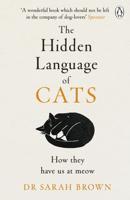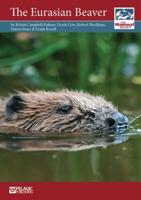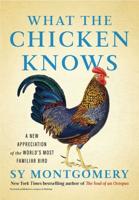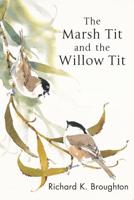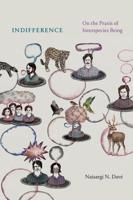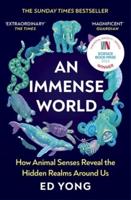Publisher's Synopsis
Excerpt from Ceylon Marine Biological Reports, Vol. 6: January, 1912; Nos. 20 to 22; Report on Certain Scientific Work Done on the Ceylon Pearl Banks During the Year 1911
I take the liberty of referring here to the introduction of X-ray photography to oyster culture in Ceylon, as considerable misunderstanding exists on this point.
Some years ago an X-ray plant was laid down by Mr. John I. Solomon in the vicinity of the pearl banks. The object was to X-ray oysters, to separate those containing pearls, and to put these back again into the sea for the pearls to grow. It is to be remembered that the Company only fish old oysters.' It would seem a far cheaper way (even if less dignified) to proceed in the usual way in the determination of the pearl yield rather than to X-ray the oysters. If the oysters have pearls, they will not grow appreciably bigger during the short span of life which remains to the oyster. If pearls are not present, then these expensive operations are wasted. Even if young oysters are being dealt with, the X-rays will not manufacture or initiate pearl formation, and thus the Operations appear useless and extravagant. When one considers that young oysters, when they do occur, are found in the quantity of at least half a million per acre, and that the maximum that can be X-rayed per minute is about sixty, the impossibility of the proceeding as a commercial undertaking is evident; and even if the oysters could all be X-rayed in one second, there seems to be no object in attempting it.
In Japan an extensive and successful industry is carried on in pearl culture. Small leaden images of the Buddha and other nuclei are inserted between the mantle and the shell and these setting up local irritation, in course of time become partially covered with pearly matter. After they have grown sufficiently large they are removed, and the basal part of this concretion (which has grown to the shell) is carved out of the shell. These artificial pearls are always used for mounting, the basal face being hidden in the mount.
Since probably not '01 per cents-of the larvae inhabiting the tissues of the pearl oyster ever become the nuclei of pearls, it would appear likely that future science will concentrate on so treating the oysters that a large percentage of these larvae will form pearls, as it appears very probable that only such larva). Which for some unaccountable reason die in the tissues, and thus set up local irritation, form pearls. If this is found possible in future years, pearl fishing will be revolutionized.
About the Publisher
Forgotten Books publishes hundreds of thousands of rare and classic books. Find more at www.forgottenbooks.com
This book is a reproduction of an important historical work. Forgotten Books uses state-of-the-art technology to digitally reconstruct the work, preserving the original format whilst repairing imperfections present in the aged copy. In rare cases, an imperfection in the original, such as a blemish or missing page, may be replicated in our edition. We do, however, repair the vast majority of imperfections successfully; any imperfections that remain are intentionally left to preserve the state of such historical works.


